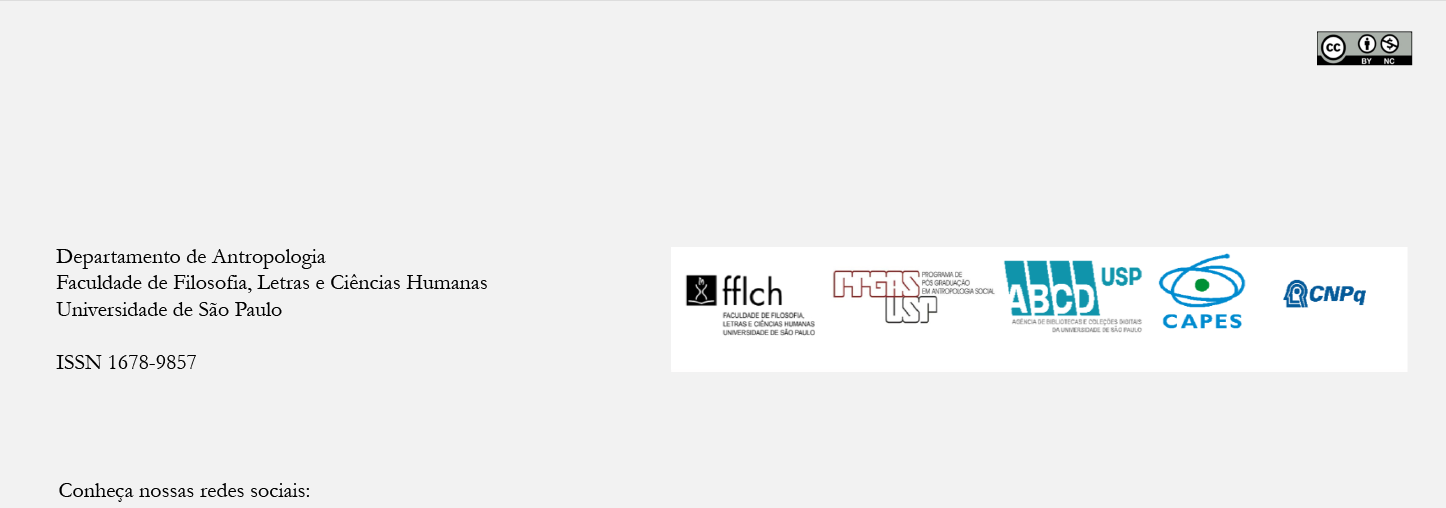"As estrelas eram terrenas": antropologia do clima, da iconografia e das constelações Ticuna
DOI:
https://doi.org/10.1590/S0034-77012004000200002Keywords:
anthropology of weather, seasonality, star movements, sky identificationAbstract
The anthropology of weather includes the study of the significance of astronomical and atmospheric phenomena within indigenous myths and rituals as well as of the importance of representations of these phenomena for the social practices of indigenous people. Among the Ticuna of Upper Solimões (Brazil) the celestial bodies depicted in the iconography of artifacts used in the Ticuna puberty festival can be related to some aspects of this people's mythology and cosmovision, as expressed in ritual chants and speeches. This relation is translated into expectations regarding the inter-relationships between the annual movement of the stars in the sky and the influence of the rainy and dry seasons for survival activities. The identification of groups of celestial bodies visualized by the Ticuna allows us to establish their correlations with the conventionally reconized constellations.Downloads
Download data is not yet available.
Downloads
Published
2004-01-01
Issue
Section
Articles
License
Authors who intend to publish in this journal must agree with the following terms:
- a) Authors retain copyright and grant the journal the right of first publication. The work is simultaneously licensed under the Creative Commons Attribution License, which allows the work to be shared as long as the author and the initial publication in this journal are appropriately credited.
- b) Authors are authorized to sign additional contracts for non-exclusive distribution of the version of the work published in this journal (e.g., to publish it as a book chapter), as long as the author and the initial publication in this journal are appropriately credited.
- c) Authors are allowed and encouraged to publish and distribute their work online (e.g. on their personal webpage) after the editorial process, for this can generate productive changes as well as increase the impact and citation of the work. See The Effect of Open Access Publications.
How to Cite
Faulhaber, P. (2004). "As estrelas eram terrenas": antropologia do clima, da iconografia e das constelações Ticuna . Revista De Antropologia, 47(2), 379-426. https://doi.org/10.1590/S0034-77012004000200002



